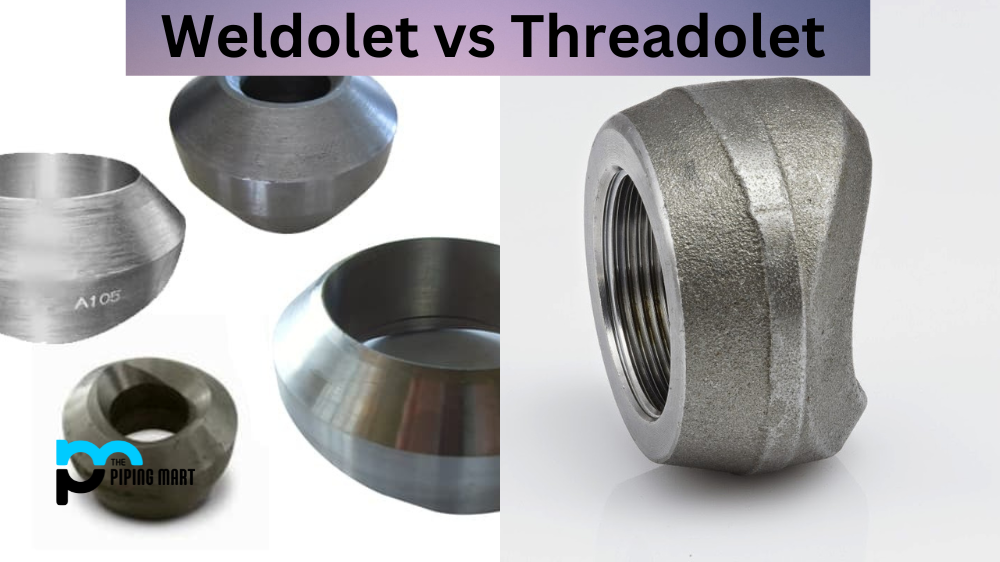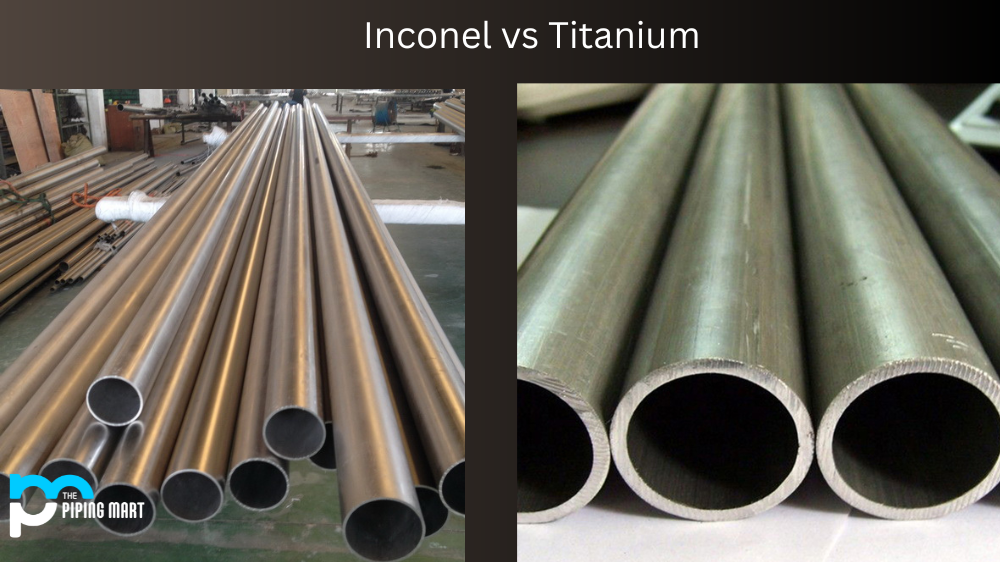Choosing the right branch connection type is one of the most important decisions you will make in the piping system installation. Different branch connections have different features, benefits, and limitations. In this blog post, we will look deeper at two popular types of branch connections – Weldolet and Threadolet – and compare their benefits, limitations, and other factors.
What is Weldolet?
A Weldolet is a butt-weld branch connection welded onto the run pipe. It is a compound fitting consisting of an integrally welded socket and a branch opening by cutting a hole in the run pipe. Wallets come in different types: standard, extra heavy, and double heavy. Weldolets have several advantages over Threadolets. For instance, they have a lower risk of leakage since the socket weld is positioned on the run pipe instead of the branch pipe. They also have a smoother internal flow with lower turbulence, which results in lower pressure drops. Additionally, Weldolets have a high strength-to-weight ratio, which makes them ideal for high-pressure and high-temperature applications.
What is Threadolets?
On the other hand, Threadolets are a type of branch connection with threads on the branch pipe. The threads are cut into the pipe, and a fitting that matches the threaded pipe is screwed in. Threadolets are popular in low-pressure applications where ease of installation is important. They are also better suited in situations where easy on-site assembly is required. Compared to Weldolets, Threadolets have several disadvantages. One of the main concerns is that threadless tends to produce high-stress concentrations at the base of the thread, which can lead to corrosion and fatigue failures. Additionally, Threadolets have a reputation for being less reliable during unexpected changes in pressure, temperature, and other factors.
Difference Between Weldolet and Threadolet
When it comes to installation
Regarding installation, Weldolets require more preparation and machining than Threadolets since they require a hole to be cut into the run pipe and the pipe ends must be prepped for welding. Weldolets also require more space to install since they have a bigger footprint. However, Weldolets are better suited for heavy-wall pipes that require greater accuracy and precision, while an inexperienced technician can easily install Threadolets.
Cost
Another important factor to consider when choosing a branch connection is cost. Weldolets can be more expensive than Threadolets, depending on the size and material of the piping system. However, Weldolets are known to be more durable and can last longer than Threadolets. Generally, considering all the key factors before making a final decision is always a good idea.
Conclusion
When it comes to Weldolets vs Threadolets, there is no one-size-fits-all answer. Both have benefits and limitations; the decision ultimately depends on your application requirements. However, Weldolets are generally better suited for high-pressure and high-temperature applications that require accuracy and precision. At the same time, Threadolets are ideal for low-pressure applications where ease of installation is important. It is important to choose the branch connection that is best suited to your specific needs.

Meet Bhavesh, a seasoned blogger with a wealth of knowledge and experience. From metal products manufacturing to retail, Bhavesh has a diverse background in various industries and is dedicated to sharing his insights and expertise with readers.




